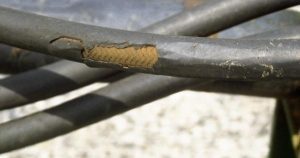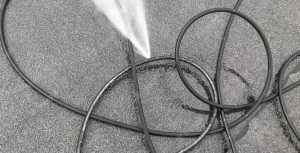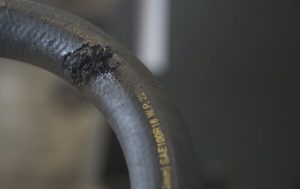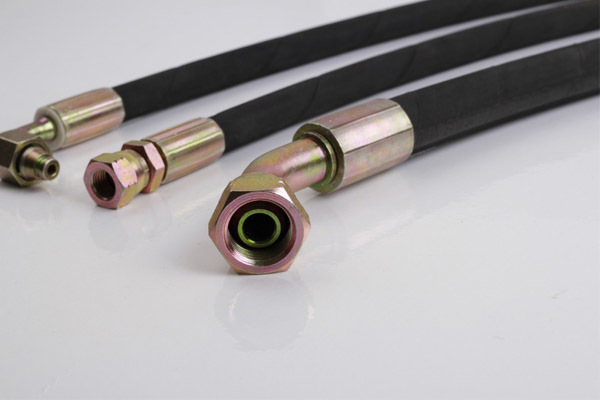Hydraulic hose failure analysis
A hydraulic hose assembly is a crucial component in many industrial and mobile applications, such as construction equipment, mining, and manufacturing processes. The hose assembly is designed to transfer fluid under high pressure between hydraulic components and actuators. The hydraulic hose assembly is subjected to various types of loads and conditions, which can cause it to fail, leading to system downtime and increased maintenance costs.
In order to prevent hydraulic hose failures and ensure optimal performance, a failure mode analysis (FMA) is essential. An FMA is a systematic process for identifying and evaluating the potential failure modes of a system and determining how to eliminate or reduce their likelihood of occurrence.
The following are common failure modes of hydraulic hose assemblies and steps that can be taken to prevent them:
Abrasion: This is one of the most common causes of hydraulic hose failures. Abrasion occurs when the hose rubs against a surface, causing damage to the outer layer. To prevent abrasion, it is important to properly route the hose, avoiding sharp edges and corners, and to protect the hose from physical damage with proper shielding.

Abrasion hydraulic hose
Impurities: Contaminants such as dirt, dust, or metal particles can enter the hydraulic system and cause damage to the hose assembly. To prevent this, it is important to use proper filtration systems and to keep the system clean.
Over-pressurization: Over-pressurization can cause the hose assembly to burst or leak. To prevent over-pressurization, it is important to ensure that the hydraulic system is designed and set up properly, and that the hose assembly is correctly specified and installed.

hydraulic hose leak
Heat: High temperatures can cause the hose assembly to deteriorate and crack, leading to leaks and failures. To prevent this, it is important to properly design the hydraulic system to reduce heat buildup, and to use heat-resistant hoses.
Aging: Over time, the hose assembly may deteriorate and lose its strength, leading to failures. To prevent this, it is important to periodically inspect the hose assembly and replace it if necessary.

hydraulic hose aging
In conclusion, a failure mode analysis of hydraulic hose assemblies is a critical step in ensuring optimal performance and preventing downtime. By identifying the potential failure modes and implementing steps to prevent them, companies can reduce maintenance costs and improve productivity. It is essential to work with a reputable supplier and to use high-quality components to ensure that the hydraulic hose assembly is durable, reliable, and long-lasting.


 Sunhose
Sunhose